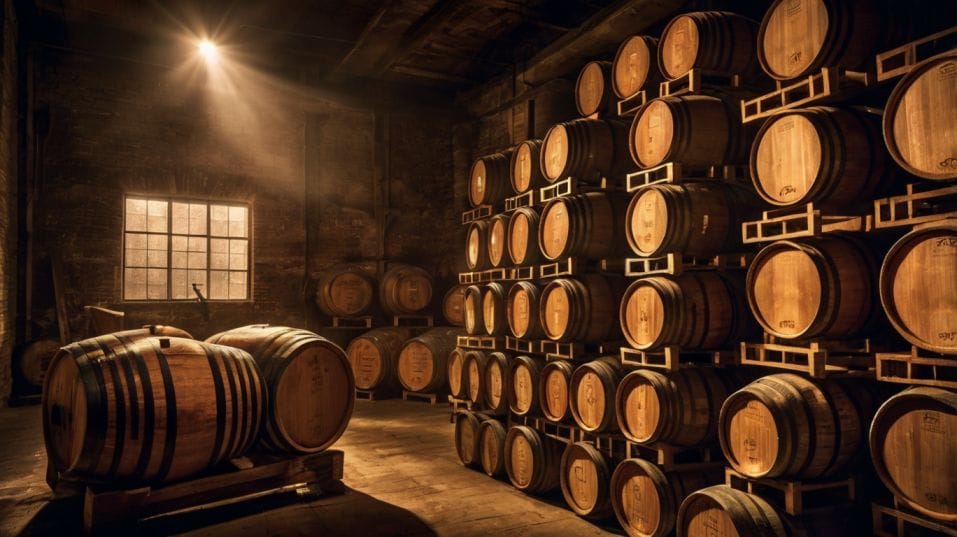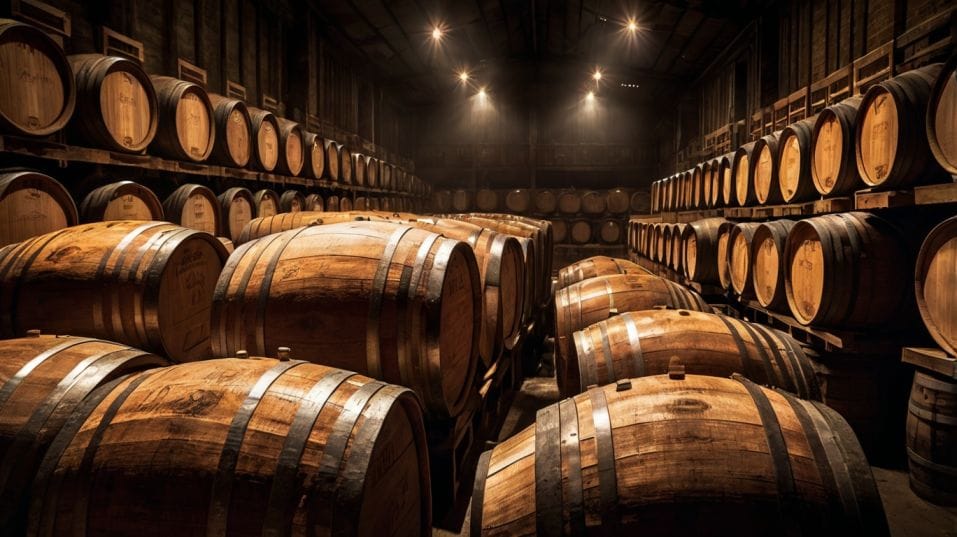What “First Fill” and “Second Fill” Really Mean
Unlock what “first fill” and “second fill” really mean—so you can taste smarter, collect sharper, and decode your next bottle with confidence.

Ever wonder why two whiskeys from the same distillery can taste worlds apart? The secret might be in the cask’s past life. “First fill” and “second fill” aren’t marketing fluff—they shape how your whiskey tastes, feels, and evolves.
Once you understand how fill levels work, you stop guessing and start tasting with intent. Whether you’re sipping or collecting, this simple shift changes everything. Let’s unpack it in a way that clicks.
The Simple Definition That Changes Everything
“First fill” and “second fill” refer to how many times a cask has been used to age whiskey since it was re-coopered or re-filled after its original use.
Most casks aren’t brand new when they reach a whiskey distillery. They’ve already aged something else—usually bourbon, sherry, wine, rum, or even port.
Whiskey makers source these used barrels because fresh oak tends to overpower the delicate flavors of the spirit. A cask that’s seasoned, but not exhausted, strikes the balance.
So here’s the key:
- A first fill cask is being used for the first time to age whiskey after it held something else.
- A second fill cask has already been used once before to mature whiskey. It’s on its second round.
And the more times you use a cask, the less influence it has on the spirit inside. That’s not always a bad thing—but it’s always something you need to know.

How Fill Level Shapes Flavor
Think of a first fill cask as high-volume wood. It’s still packed with extractable compounds—vanillins, tannins, lactones, and whatever remnants are left from its previous occupant.
First Fill: Big, Bold, Flavor-Driven
If it was a first fill bourbon barrel, expect a wave of vanilla, caramel, toasted coconut, and a little bite from the oak.
If it was a first fill sherry butt, you’re looking at deep dried fruits, nutty tones, and sweet spice. Sometimes even leathery or sulfurous notes, depending on the sherry style and treatment.
The flavors are aggressive, especially in the first few years of aging. In some cases, they dominate the distillate. That can be desirable—or distracting.
Second Fill: Subtle, Spirit-Led, More Transparent
Now compare that to a second fill cask. Most of that punch has already been soaked up during its first fill. What’s left is a softer, more reserved wood character.
You’ll get:
- More visibility into the core spirit.
- A slower extraction curve, which can allow more elegant integration over time.
- Less of the obvious vanilla or spice notes and more room for fruit, grain, and distillation-driven flavors.
It’s like removing the Instagram filter and letting the raw image come through.
Why Distilleries Use (and Reuse) Their Barrels
Fill level is a creative tool—not a strict rule. Distillers and blenders use first, second, and even third fill casks to shape their house style. It’s about control.
Use only first fill casks, and the whiskey may come out over-oaked, especially in hotter climates or longer aging periods. Use only second fill, and you might miss the weight, sweetness, or richness that gives a whiskey its structure.
That’s why most top-tier whiskeys are aged in a mix of cask types and fill levels. Some are big and bold. Others are light and reserved. The goal is harmony. Balance.
Even in single cask releases, where you only get one barrel's worth of flavor, the fill level tells you what kind of profile to expect before you even open the bottle.
A first fill sherry butt might hit like a dessert bomb. A refill hogshead might whisper floral and fruit notes you’d never notice in a cask that's too loud.
What It Means for You—The Taster, the Collector, the Explorer
Let’s make this practical.
When You’re Tasting
Fill level helps you calibrate. You stop confusing oak flavor with spirit character. You learn to separate what comes from the cask and what comes from the still.
That makes your palate sharper, faster. You start seeing past the marketing and into the glass.
When You’re Collecting
Fill level gives you precision. You can build a set of bottles that tell a broader story: same distillery, same age, same cask type—but different fill levels.
That’s how you get perspective. That’s how you build vertical depth in your collection, not just horizontal hype.
When You’re Buying
Especially independent bottlings or single casks—this detail can tip the scales. First fill might sound sexy on the label—but if you want to taste the purity of a spirit, second fill is often the better call.
When You’re Aging or Investing
If you’re aging your own or selecting cask shares, fill level isn’t just trivia. It’s strategy. You don’t want to invest in a cask without knowing how much life it has left—and how much it’ll push your spirit in return.
Final Thoughts
“First fill” and “second fill” aren’t just technical jargon—they’re signposts for flavor, balance, and intent.
They tell you how much influence the cask is going to have, how clearly the distillate will speak, and whether the whiskey is designed to hit hard or play long.
So take this seriously—but don’t overcomplicate it. The next time you pour a dram, ask yourself: What kind of cask did this come from? Was it fresh to the spirit—or seasoned already? Then taste with that in mind.
Want to test your palate? Find two whiskeys from the same distillery, aged in the same type of cask, but with different fill levels. Taste them side by side. Let the difference show you what fill really means.
This is how you stop drinking whiskey passively—and start tasting with purpose. Pick a bottle. Pour a glass. Pay attention. The cask has a story. It’s time to learn the language.




